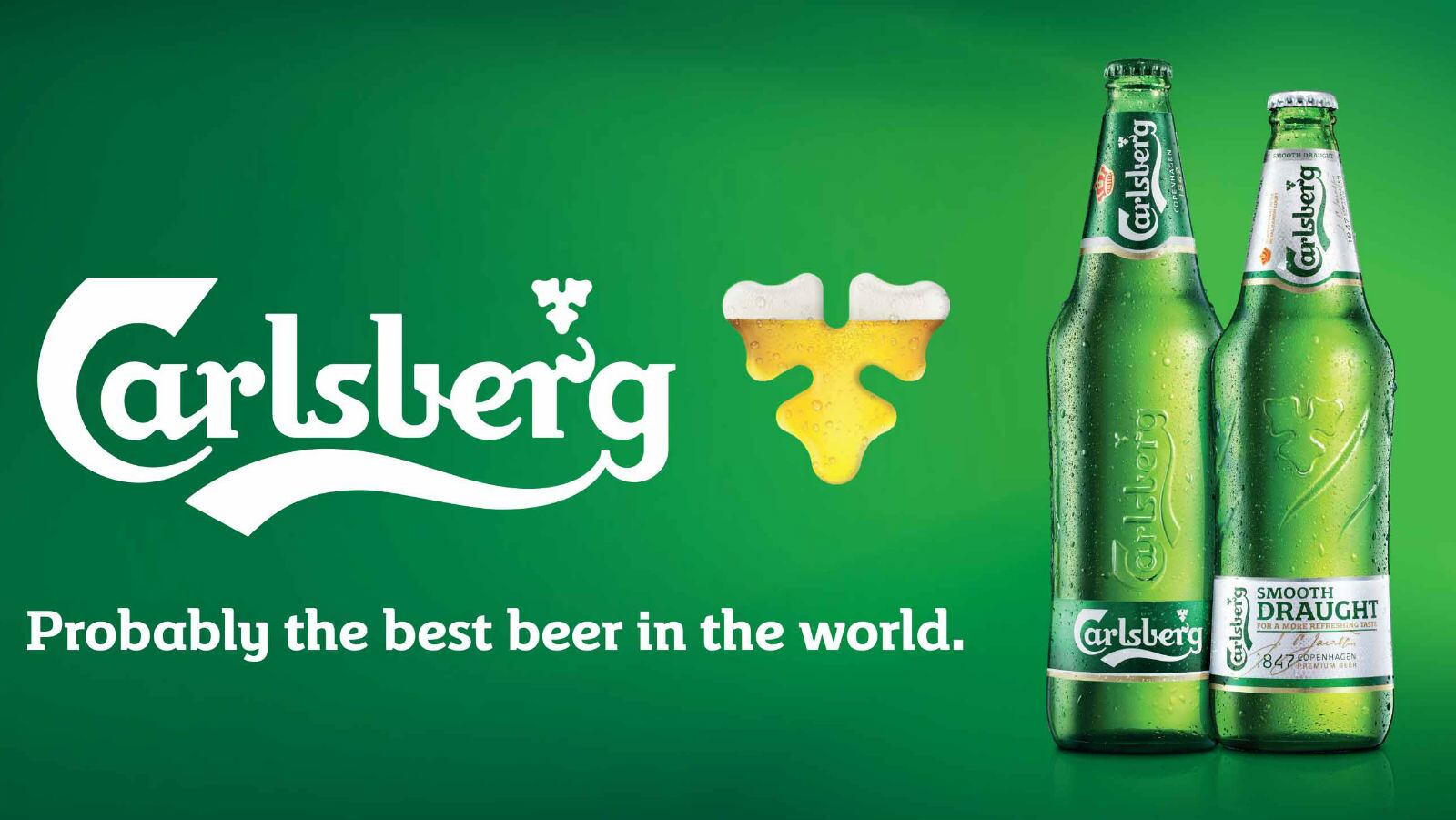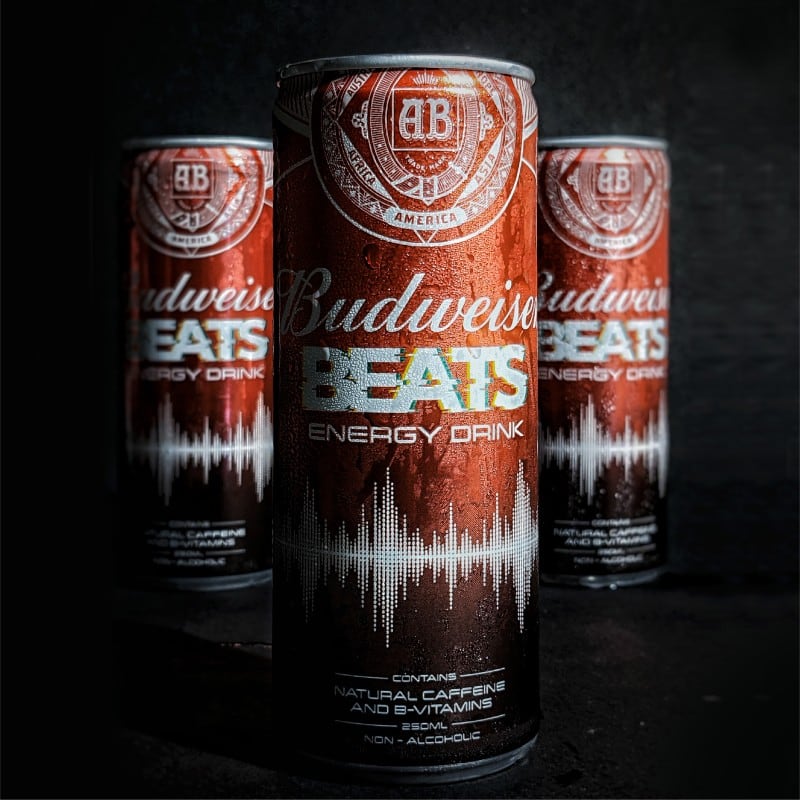Carlsberg Malaysia announced its FY2021 financial results on Feb 17 2021, posting a 23.9% jump in net profits to hit RM201mn (US$48mn), and flat annual revenue (-0.73%) to RM1.78bn (US$425.3mn). Much of the company’s profits were regained in Q42021, where it saw an 88.2% rise year-on-year profit of RM71.4mn (US$17.1mn).
“The most significant growth we saw was in our premium products portfolio, where there was a 15% increase in sales,” Carlsberg Malaysia Managing Director Stefano Clini told the floor at a press conference following the financial results announcement.
“[We believe] the premiumisation trend is growing strongly despite COVID-19 because consumers are not able to go to on-trade as much as they normally would to enjoy beer with friends, so beer is now more of a luxury for them to enjoy even at home, and they are willing to purchase more premium products for this.
“To [meet] this trend, Carlsberg has launched several new premium variants of our products such as the 1664 Rose, Connor’s Stout Porter which is the first shake and pour for at-home draft experience beer, as well as Somersby Watermelon cider which is now the second most popular cider flavour after the original apple.
“We’ve also piloted a new craft beer brand Jing-A in Singapore where it has been very successful, and the new Tuborg Strong too which is in FairPrice and Cheers outlets nationwide.”
Despite the positive upturns, Clini stressed that the worst of COVID-19 does not yet appear to be behind the industry, and that he predicts another ‘challenging’ year ahead in 2022.
“In recent days we’ve seen the new COVID-19 Omicron variant cause a surge of cases across Malaysia and Singapore, which means consumers are more wary of going to on-trade despite the huge rebound seen last year,” he said in response to queries from FoodNavigator-Asia.
“We have heard from our on-trade partners that Omicron has hit them again with footfall at some places decreasing by up to 50%, and we don’t know how long this is going to last.
“Many outlets such as KTVs and nightclubs, which are a big source of sales for us, have remained closed and not allowed to open, so it is very unlikely that things will go back to normal in 2022 for on-trade.”
Adding to these concerns is the issue of rising commodity costs, which are expected to hit product prices at some point.
“In 2021, some of the most expensive costs we saw were for aluminium and barley malt, but we managed to prevent significant impacts by hedges e.g. having a fixed price for barley set before the commodity increased in price,” Carlsberg Malaysia Chief Financial Officer Vivian Gun said.
“However, for 2022 the commodity prices have remained stubbornly high and are in fact increasing, so we do believe that this will have an impact on the bottom line eventually.”
Largest CAPEX investment in 30 years
The firm is also looking to future-proof its operations, and to this end Clini announced that the board had approved a RM110mn (US$26.3mn) CAPEX investment to upgrade its brewery in Malaysia in 2022.
“This is the biggest CAPEX investment that has been done in the past 30 years, and the aim is to upgrade the facility, particularly with a focus on bottles, to be more ESG and environmentally-friendly, and able to support innovation moving forward,” he said.
“Amongst the improved capabilities we are looking at include improved filling capacity, greater flexibility in packaging options, higher automation, greater sustainability performance in energy, water and waste management, and an overall more conducive working environment.
The facility upgrades are expected to be completed by the end of 2022.




